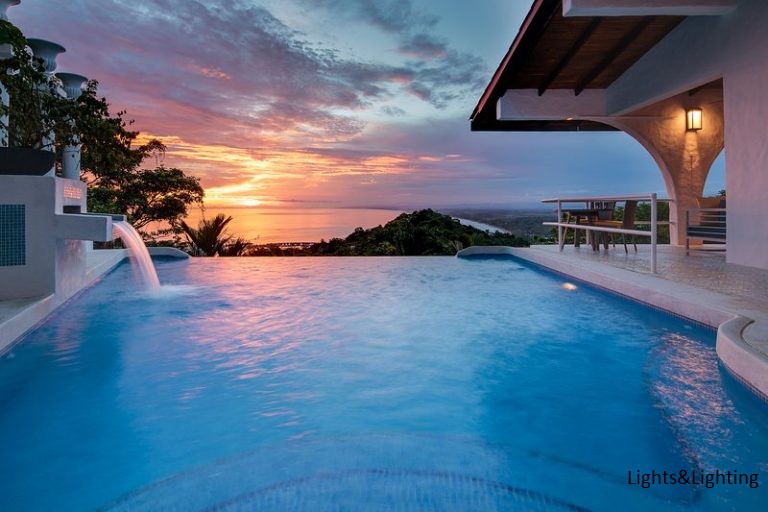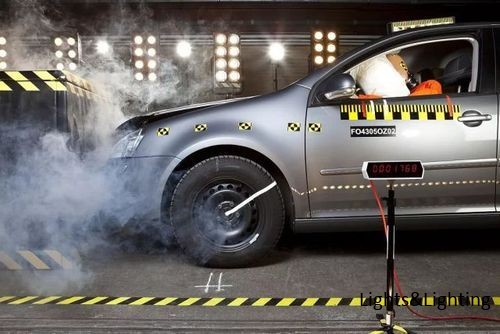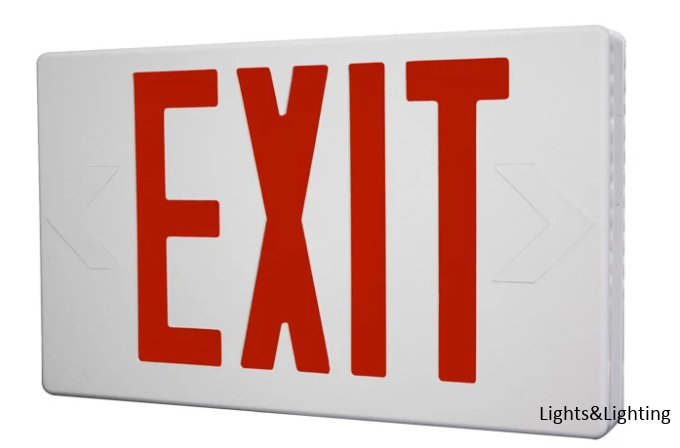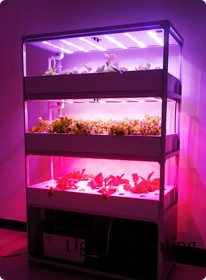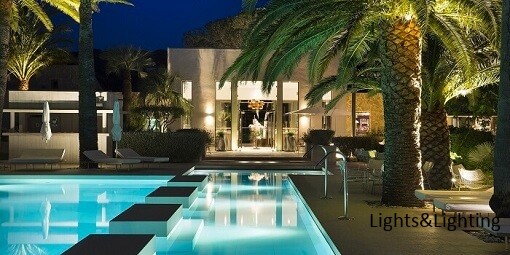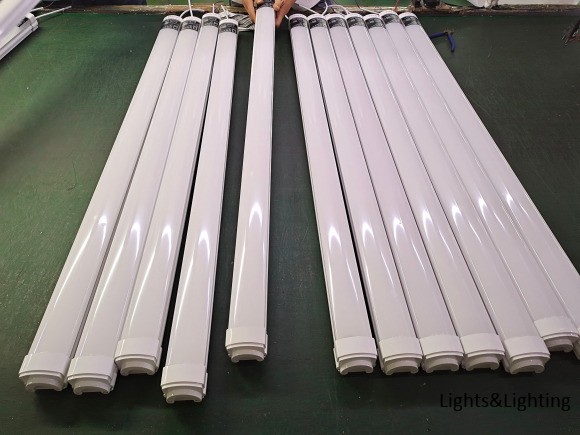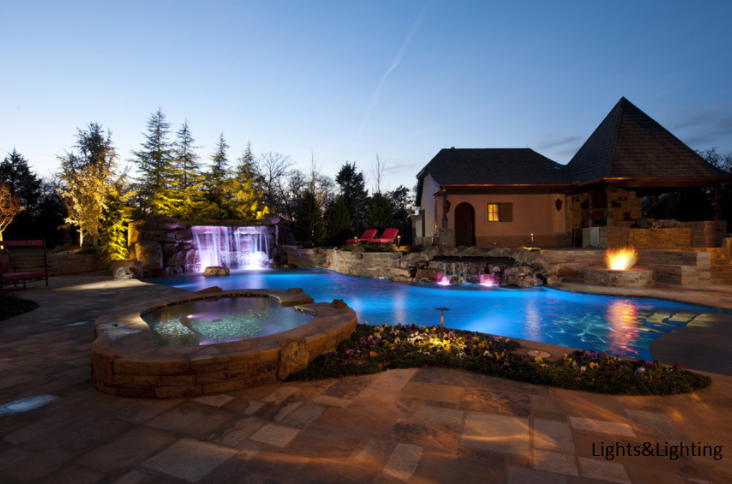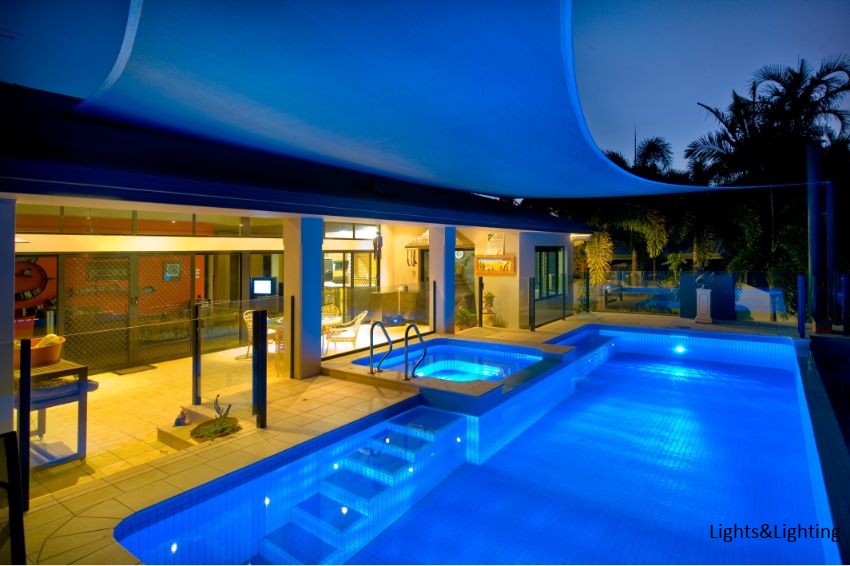Many pools build within the last few years are equipped with lighting to enhance the look of the pool at night.?
Pool lights generally are either incandescent or fiberoptic.?
LED illumination is an excellent option because they are low wattage and provide an energy saving, using between 20-50 watts per hour versus incandescent lights, which burn about 500 watts per hour or fiberoptic lights, which use about 150-200 watts per hour.?
LED lights can be left on all night and add very little to your power bill.?
They also have a longer lifetime and do not need to be replaced as often -- fiberoptic lights last three to seven years before needing replacement, and incandescent lights must be replaced after 2,000 hours of use.?
On the average, LED lights will last up to 10 years before needing replacement.?
As an added benefit, LEDs will usually fit in the same niche as the older lights.?
Hayward, Pentair, Zodiac, Fiberstars, and other manufacturers offer LEDs in many colors that are easily installed, suitable for unite, fiberglass or vinyl pools, and often they do not require special housing or wiring.?
Lighting can be automated so that it can be controlled from a smart phone or tablet so that the colors are displayed in many different ways to create your unique display.
Another option to consider for providing safe illumination is glow-in-the-dark products. ?
Glow-in-the-dark pool tiles are generally made of glass, and are available in different colors.?
Gel coating phosphorescence can be used to coat the surface of the pool to create a glow-in-the-dark effect on the entire surface of the pool or to accent certain areas.?
UV resistant/chemical resistant glow crystals can be integrated into the plaster of the pool surface to create a unique design to add beauty to your pool’s night-time appearance
